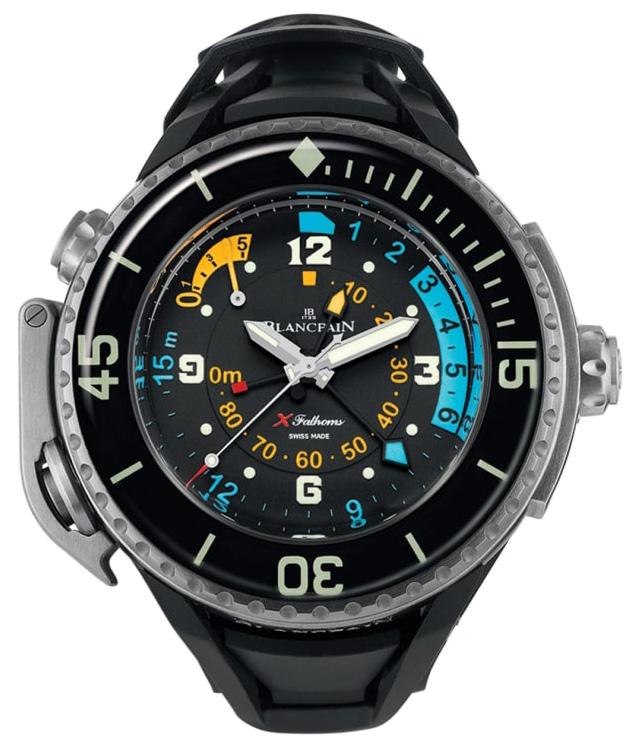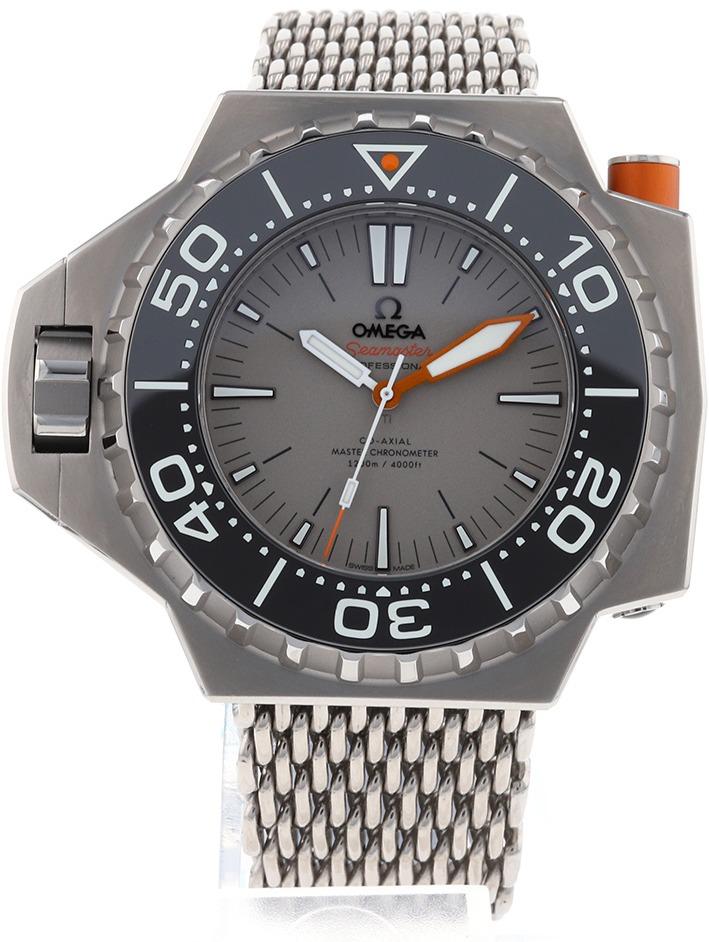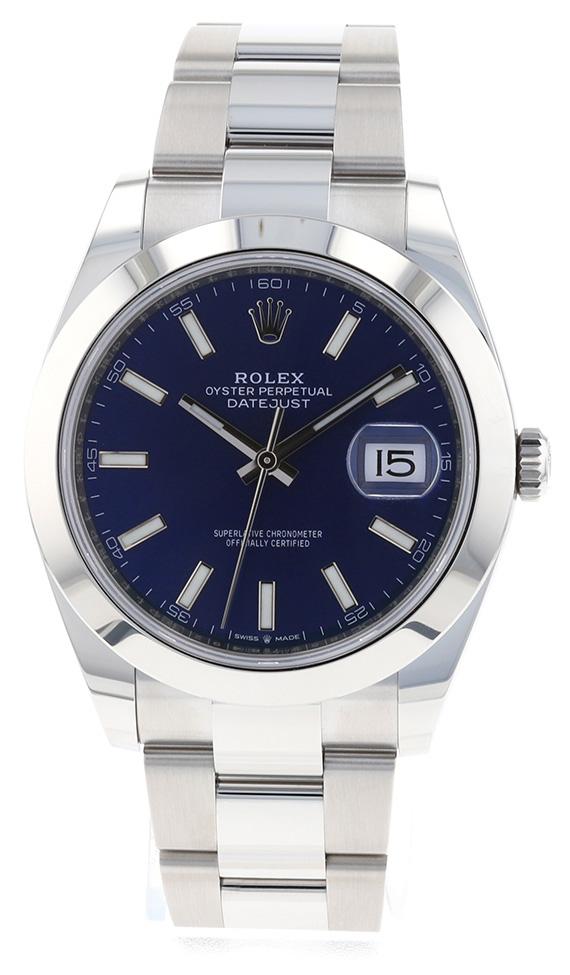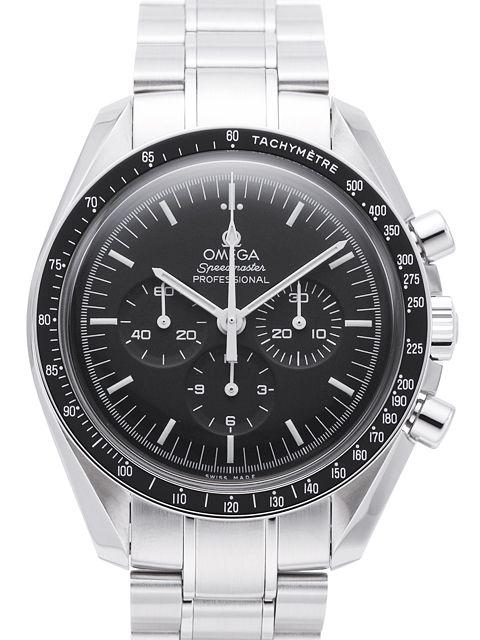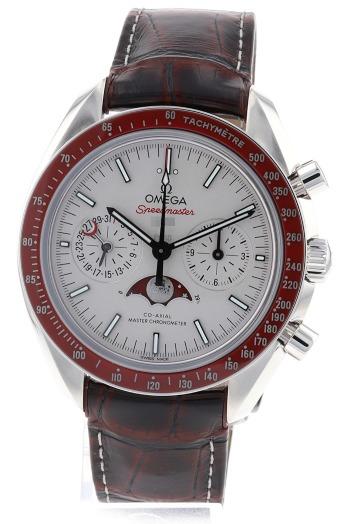« Large and small watches for strong and weak wrists »
When buying a luxury watch, the case diameter is one of the most important features of any model. After all, even the most beautiful timepiece loses its radiance if its dimensions are far too large or too small for the wrist of its wearer. We reveal how to determine the right size range for your own arm and why the watch diameter usually does not reveal the whole truth.
Correctly measure watches and wrists
Let’s close our eyes and imagine the following situation: Someone goes into a clothing store, finds his dream suit, and immediately carries it to the cash register out of sheer enthusiasm without ever trying it on or at least determining its size. What sounds absurd holds an important lesson for the purchase of watches: Only those who know the circumference of their wrist and the case diameters that are suitable for it can purchase a coherent and proportional model with a high degree of certainty. In view of the continuous trend toward more powerful timepieces, the question of “too big” almost always arises, i.e. whether the diameter of a watch is still acceptable for one’s own arm.
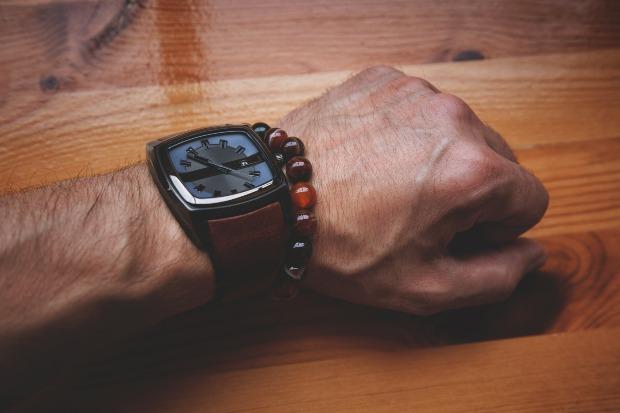
To answer this question, the first step is to determine the wrist circumference. In doing so, the measuring tape should not be skin-tight, but should be applied comfortably and loosely. As a guide, it should be mentioned that the average male wrist circumference in Germany is 18 cm, whereby all measurements up to 16 cm can be described as a narrow wrist and those sizes over 20 cm as a strong wrist. In addition, it must be clear what is meant by the watch diameter: When expressed in millimeters, it refers to the case diameter of a round timepiece, excluding the crown. This convention exists for reasons of uniformity, since the dimensions of different crowns can differ, sometimes seriously. The same principle applies to square cases, except that the width and length (usually including the lugs) are specified here.
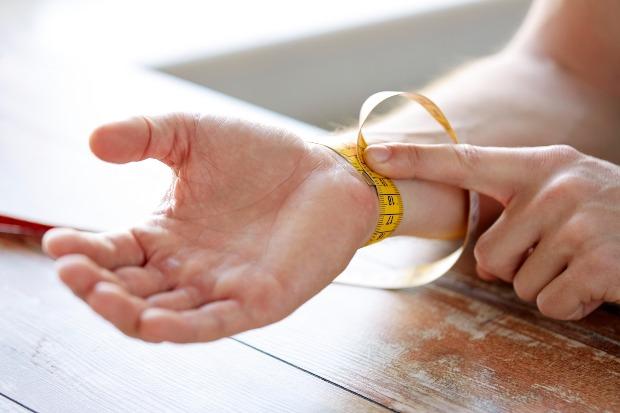
The right size – an orientation
Back to the clothing store: We all know that shirt, shoe and other sizes can vary from manufacturer to manufacturer. If yesterday a patent leather shoe fit in 43, today it has to be number 44. Therefore, not only when buying fashion, but also when buying watches, size recommendations should be regarded as guidelines and not as fixed rules. Factors such as the width of the bezel, integrated bracelets and, above all, the design of the lugs can create a discrepancy between actual and perceived dimensions.

Based on many years of experience, we would nevertheless like to present an orientation that every interested party can use as a reliable starting point of his watch purchase:
- If you have a narrow wrist of 16 centimeters, you can wear a timepiece with a diameter of up to 41 millimeters without hesitation, while the perfect watch diameter is 38 millimeters.
- If the wrist circumference amounts to the average 18 cm, the upper limit for the diameter increases to 45 millimeters and the ideal, i.e. most comfortable perceived case diameter to 41-42 millimeters.
- If the wrist dimensions are between, below or above these sizes, the corresponding maximum and ideal sizes of the timepiece can be adjusted in a linear fashion – for example, at 17 cm, where the maximum diameter we recommend is 43 millimeters.
- Oversizes in XXL format, such as the Blancpain Fifty Fathoms X Fathoms with 56 millimeters case diameter, accordingly require a very strong wrist with 22-23 cm circumference.
The lugs: Decisive criterion in the choice of size
The good news for all enthusiasts with narrower wrists is that countless timepieces can be worn without any problems despite exceeding our recommended maximum dimensions. How does this work? Let’s look at the gigantic, 55 x 48 millimeter Omega Seamaster Ploprof 1200 M for this purpose. Normally, its dimensions would be completely incompatible with a 16-cm wrist, but the Diver from Biel has a highlight to offer: Missing lugs. Since its bracelet is practically attached to the underside of the case, the 48-millimeter distance between the top and bottom edges is almost as large as the distance between the lugs of a Rolex Datejust 41. Although the latter is listed as 41 millimeters, it wears more like a 43-millimeter model due to the stretched lugs and the oval Oyster case.
Two extreme examples that demonstrate the great importance of the lugs in addition to the diameter. While stretched and long variants are accompanied by a perceived increase in the size of the timepiece, short and steeply sloping designs create space for more powerful case diameters on the compact arm. Incidentally, the influence of integrated bracelets on the presence of current collections is similarly significant: For example, the 41-millimeter watch diameter of an Audemars Piguet Royal Oak may sound moderate, but it actually wears significantly larger.
Wider, fatter, bigger: The XXL trend
Given the dimensions common today, it seems almost unbelievable, but there were actually times when 31-33 millimeters case diameter was the norm. For men’s watches, mind you. No wonder, then, that today’s classics like the Omega Speedmaster Moonwatch Professional caused a stir in the 1960s when they topped the 40-millimeter mark. Since the turn of the millennium at the latest, however, the era of compact timepieces has been history: While men’s watches measuring 38 millimeters or less have become a rarity, the market for oversized models is booming more than ever. It’s an ambivalent trend that leaves wearers with slender wrists with a noticeably smaller selection of potential wristwatches than heftier collectors. This makes it all the more important to consider factors other than the watch diameter, such as the lugs or the shape of the case – this often leads to models that would not have stood a chance if they were considered solely on the basis of their diameter.
The lesson: no enthusiast should forget his or her dream watch just because it is two or three millimeters above the recommended maximum size. Experiences from forums, video test reports or professional advice often reveal a surprisingly good suitability for one’s own wrist circumference. And if the favorite is indeed too massive, the next good news is that the world of watches is almost infinite and holds so many great alternatives that even we as experts are learning every day.
 Uhrinstinkt Magazine
Uhrinstinkt Magazine

